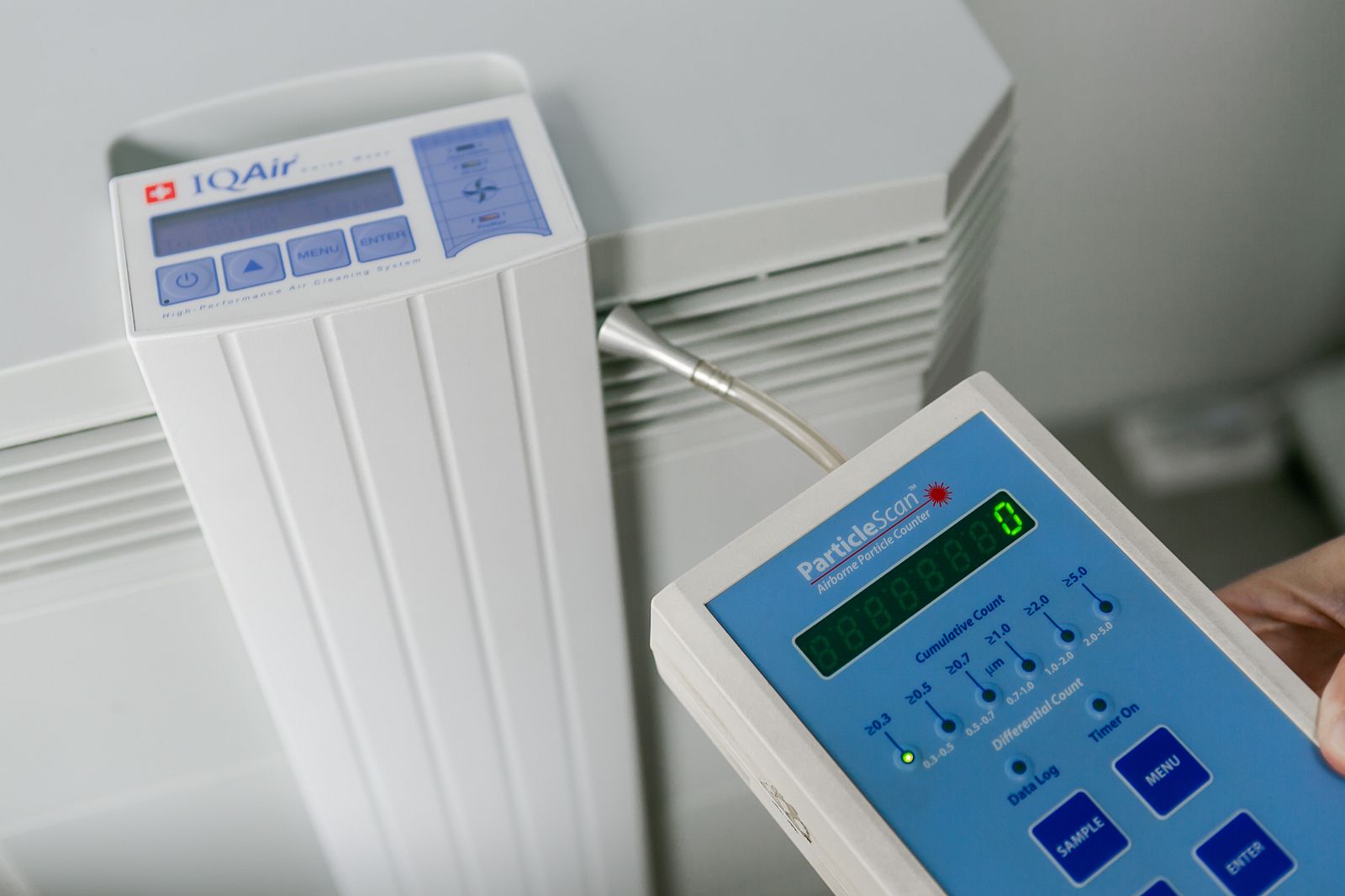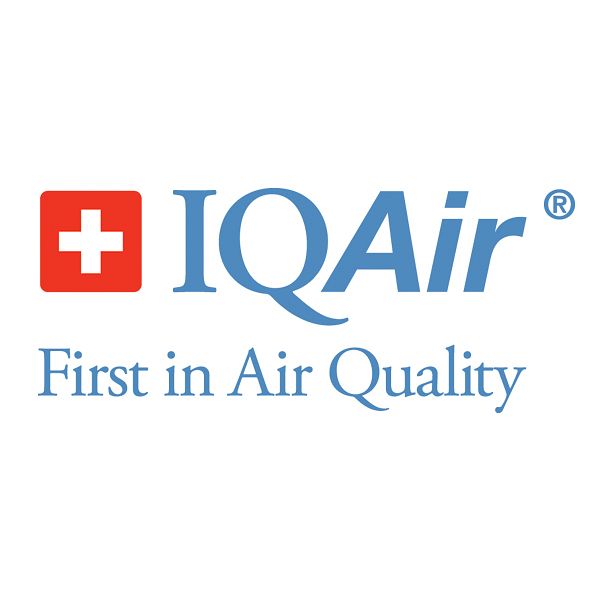The dark haze frequently draped across Hanoi’s skyline exemplifies one of the most serious problems the city is facing: air pollution.
Earlier this year, the World Air Quality Report ranked Hanoi as the second-most polluted city in Southeast Asia, behind only Jakarta. A recent Yale study ranked the country’s number of dust particles smaller than 2.5 micrometers (PM 2.5) to amongst the worst ten of 180 surveyed countries. In recent years, the number of total suspended particles in Hanoi’s air exceeded two to three times healthy levels. Moreover, ambient pollution levels surpassed safe levels dozens of times a year.
A variety of culprits are to blame. The city’s millions of motorbikes, many of which are old and inefficient, as well as the increasing number of cars and buses, contribute nearly 85% of the emitted carbon monoxide, alongside a host of other dangerous metals and substances. Unregulated factories and power plants release a significant amount of pollutants, as does the unceasing construction underway throughout every district. Changing regional wind patterns, industrial activities in neighboring nations and seasonal crop burning can further negatively impact the air above Vietnam.


More than just ruin a view of distant skyscrapers, the smog has serious health effects. Up to 1.5 million people in the country suffer every year from chronic respiratory problems. In the short term, air pollution causes headaches, pneumonia, bronchitis, allergic reactions, coughs and eye, nose and throat irritation. Long-term problems include decreased lung functions, asthma, heart disease, internal organ damage and emphysema. A study found that in 2013, 40,000 people died in Vietnam thanks to air pollution. The young, elderly, pregnant and those with already compromised health are most at risk to develop illnesses thanks to poor air quality.
Of course, nearly everyone is familiar with the city’s air pollution problems, as evidenced by the number of people wearing face masks while driving and avoiding the outdoors on especially smoggy days. But do theses conventional methods actually work? Not all masks are created equal, and while even the most effective models do stop a significant amount of particles none provide complete protection, while poor-fitting masks completely sabotage the efforts.

And thanks to all the cracks and crannies around windows and doorways, hiding inside doesn’t offer a viable way to safeguard one’s lungs. Particulate matter still enters buildings, and sometimes harmful gasses can be trapped indoors, making conditions actually worse than outside. Moreover, indoor air quality can be up to 10 times worse than outside due to cooking, printers, building materials, carpets and volatile organic particles (VOCs) such as paint and cleaning agents. Similarly, considering the unpredictable nature of wind patterns and the ubiquity of construction in all neighborhoods, moving to the suburban outskirts is no solution. Many people invest in various air filters to help solve the problem, but one gets what they pay for with such devices. Cheap units often feature poor seals, so air containing harmful substances can bypass the actual filter and circulate inside a room untreated. Recognizing their shortcomings, people have recently been turning to ionic air purifiers. The devices send out negatively charged ions with the claim that harmful particles take on a negative charge that thus makes them attracted to positively charged collection plates. These devices, however, completely miss dust, dander or other irritants, and the particles eventually lose their charge and can then be absorbed by one’s lungs.
When the SARS outbreak hit Hong Kong in 2003, authorities used only one type of medical-grade air filter for hospitals and sensitive areas. The IQAir systems prove superior in eliminating dust, bacteria, smoke, mites, spores, pollen, odor and viruses to alternatives for a variety of reasons.
The amount of filter surface area directly correlates to the number of particles absorbed, and IQAir systems’ numerous filter layers equate massive total square footage, as evidenced by the size of the units and number of filters. Moreover, the precise seal ensures that all air actually passes through the filter. The activated carbon in the gas filter is equal to 50 the amount found in 50 military-grade gas masks.

Three different models of the IQAir units are popular in Hanoi, depending on one’s needs. The smaller Healthpro 150 relies on a multi-function two-stage filter system, while the HealthPro 250 and GC MultiGas spread the purifying process across three filters. The initial stages remove the largest particles, while the final HyperHEPA technology featured in each is tested and certified to remove pollution particles down to 0.0003 microns with an efficiency of over 99.5% without emitting any ozone.
The filter sizes not only increase efficiency but also result in long-term savings because they have to be changed infrequently. On average, the initial pre-filter has to be replaced every year and a half, the gas filters once every two years, and the HyperHepa filter only every third year. And the money spent on the filters pales in comparison to any hospital costs associated with pollution-based respiratory illnesses, to say nothing of the reduction in quality of life caused by chronic diseases.
Each Swiss-made unit operates virtually noiselessly thanks to its fan contained between sound-attenuating filters. Wheels on the bottom of each air purifier make them easy to move room-to-room along with a building’s inhabitants.

IQAir provides a solution for clean air for various applications, but locals have found that the HealthPro 150, 250 or GC MultiGas most often meet the needs and situations of Hanoians. The experts at the Times City and Syrena are eager to demonstrate how each model functions and help recommend which specific unit will most effectively protect the lungs of you and your loved ones.
Banning motorbikes from city centers, establishing more robust public transit systems, enacting stricter restrictions on industrial activities: Vietnam is considering numerous ways to address its significant air pollution problems. These won’t happen overnight, however, nor will they ever completely solve the issue. It’s therefore imperative that one takes whatever steps they can to breathe fresh air when at home or work. IQAir’s air purification systems are the best way to accomplish that.
[Top image via Pixabay]

VN & EN - 094 821 2528
VN & EN - 091 992 1758
EN - 0945 686 483
Office landline - 028 710 618 00
Showrooms at: Syrena Shopping Mall, Tay Ho and Vincom Megamall, Times City



